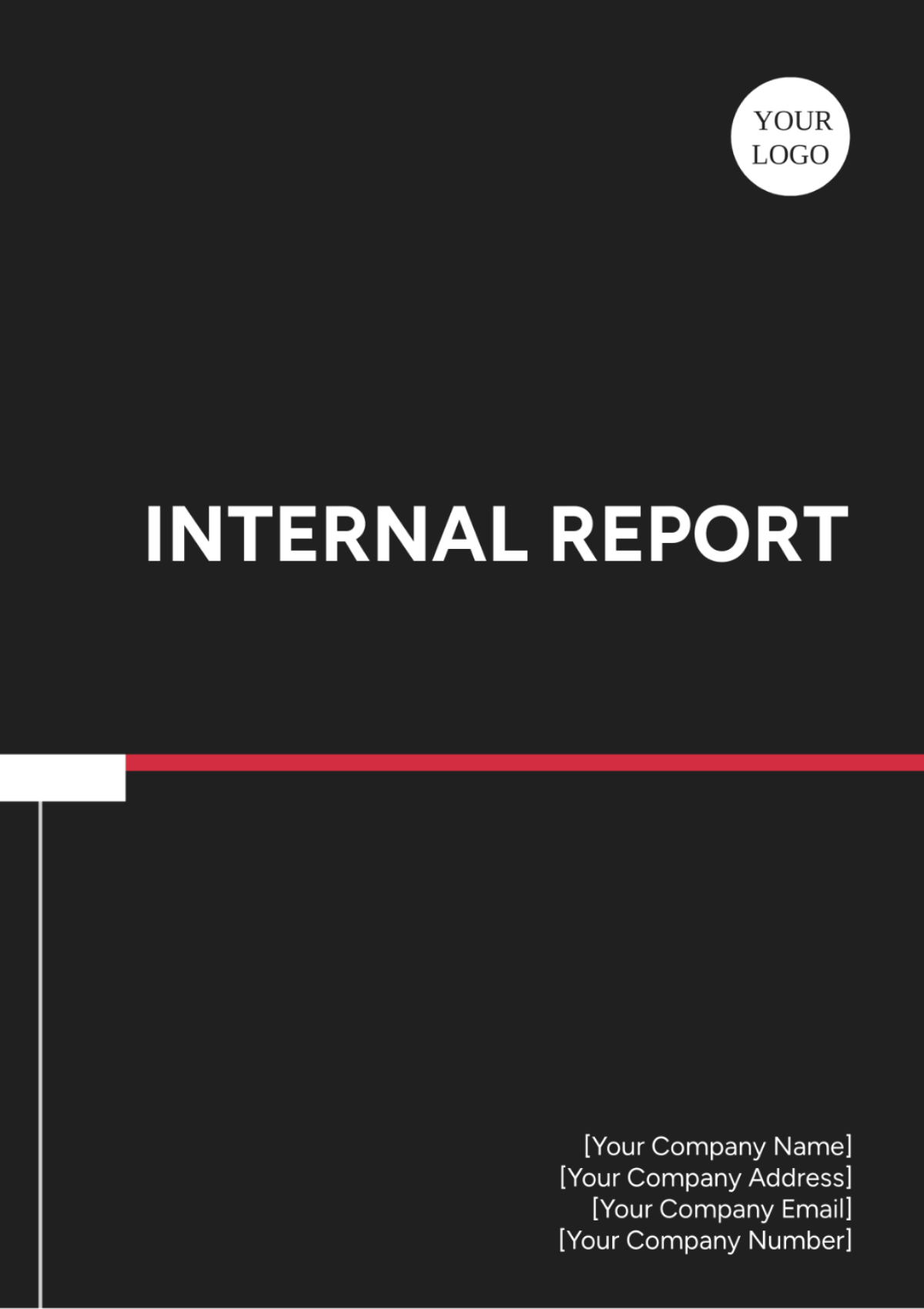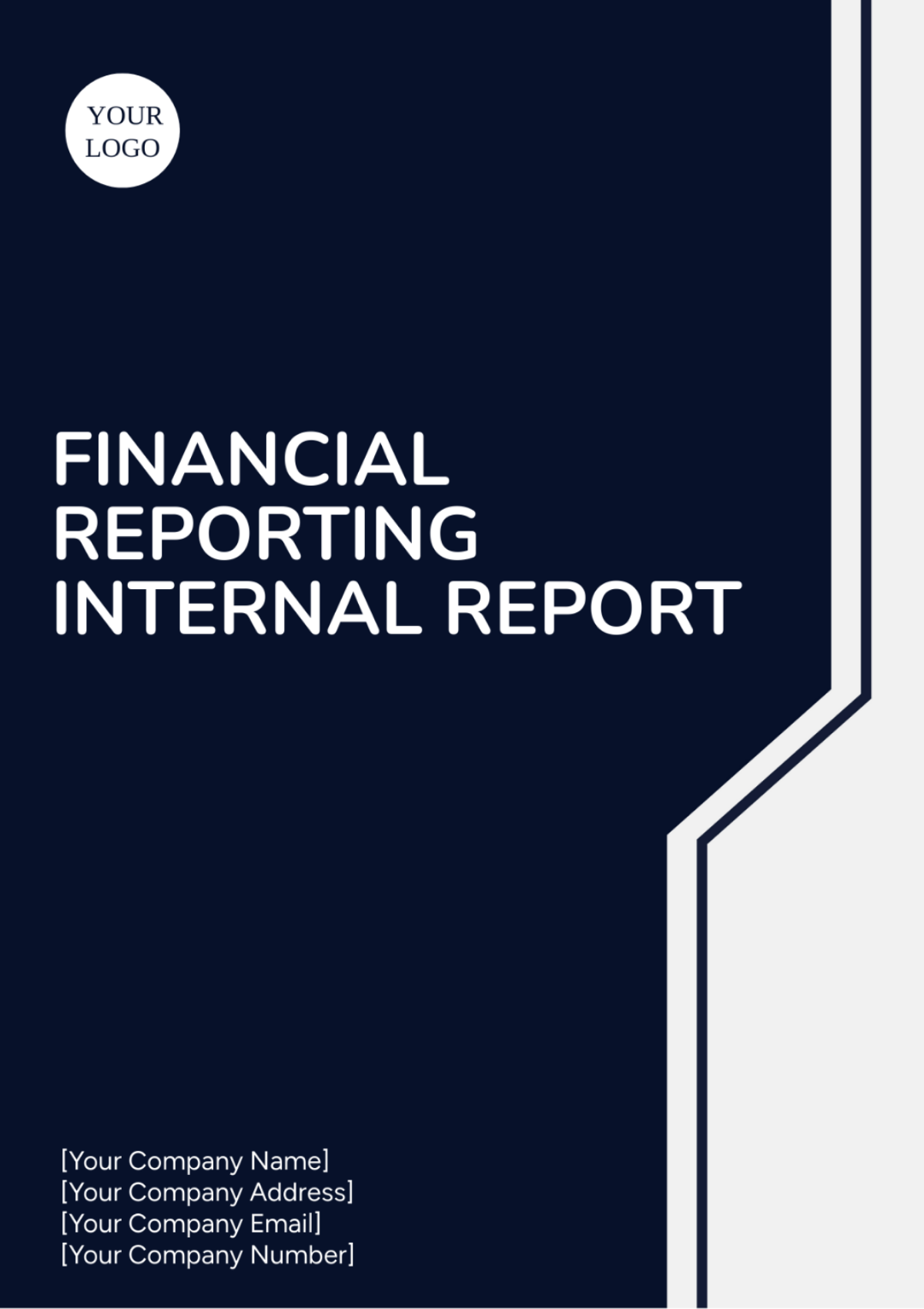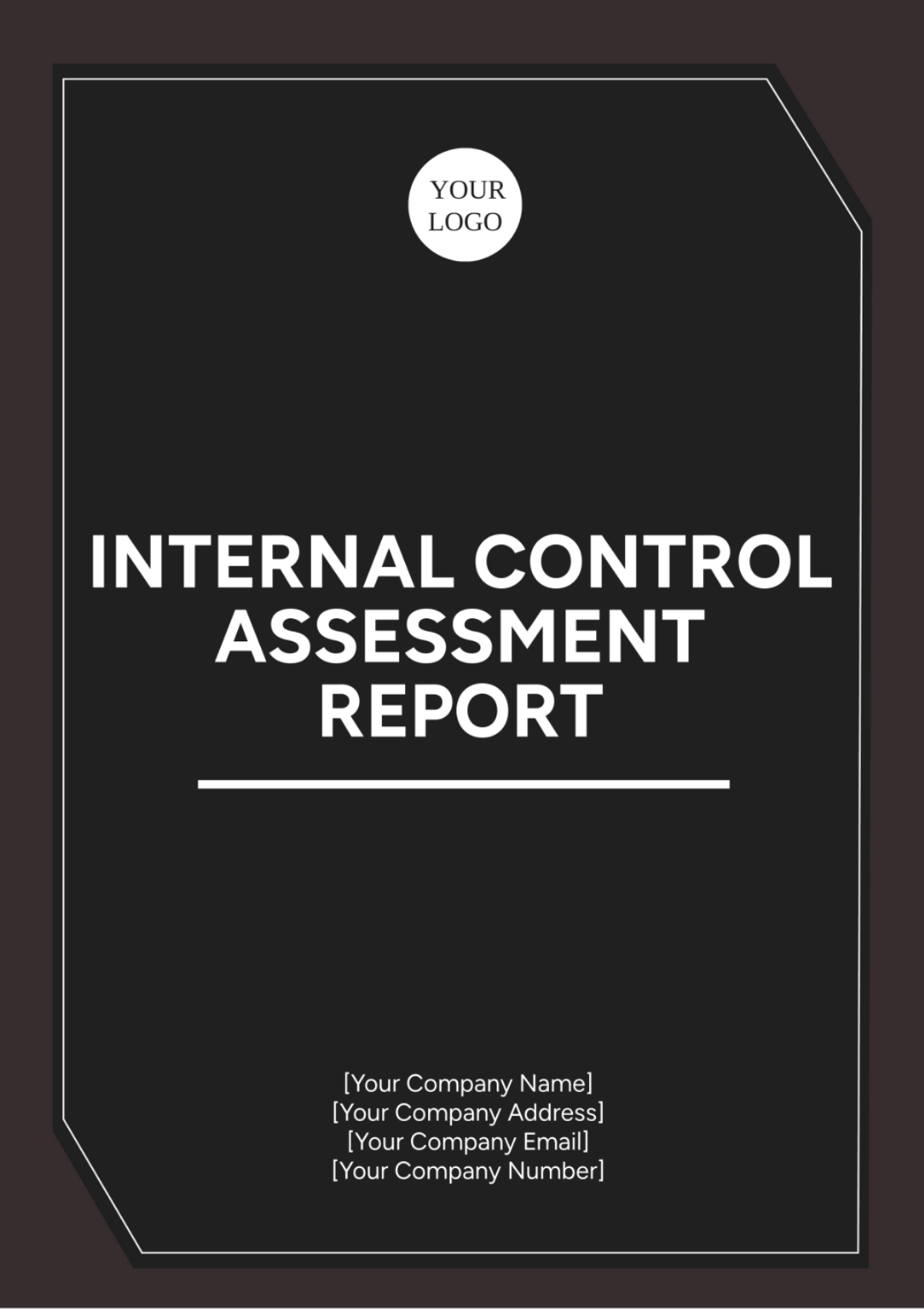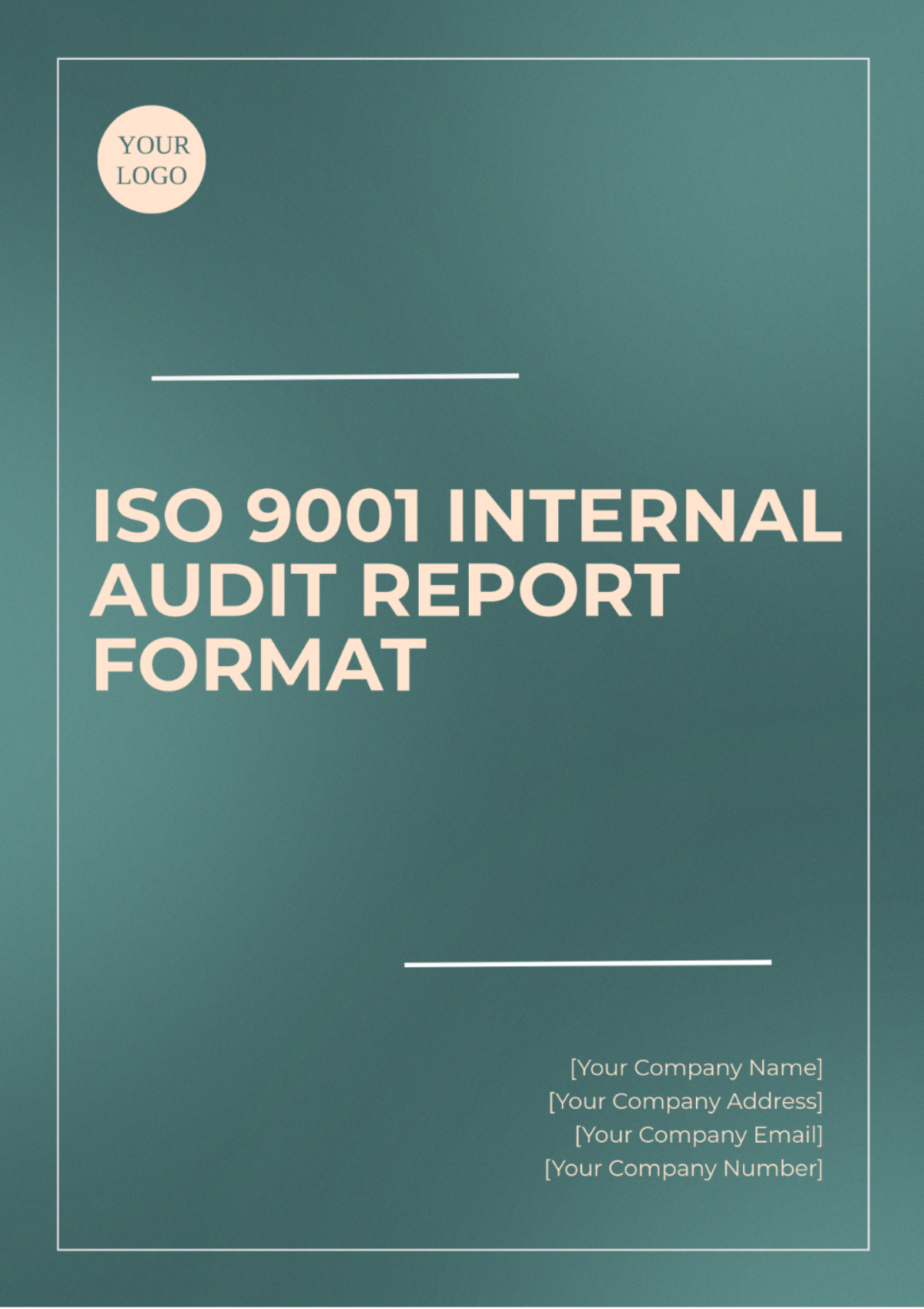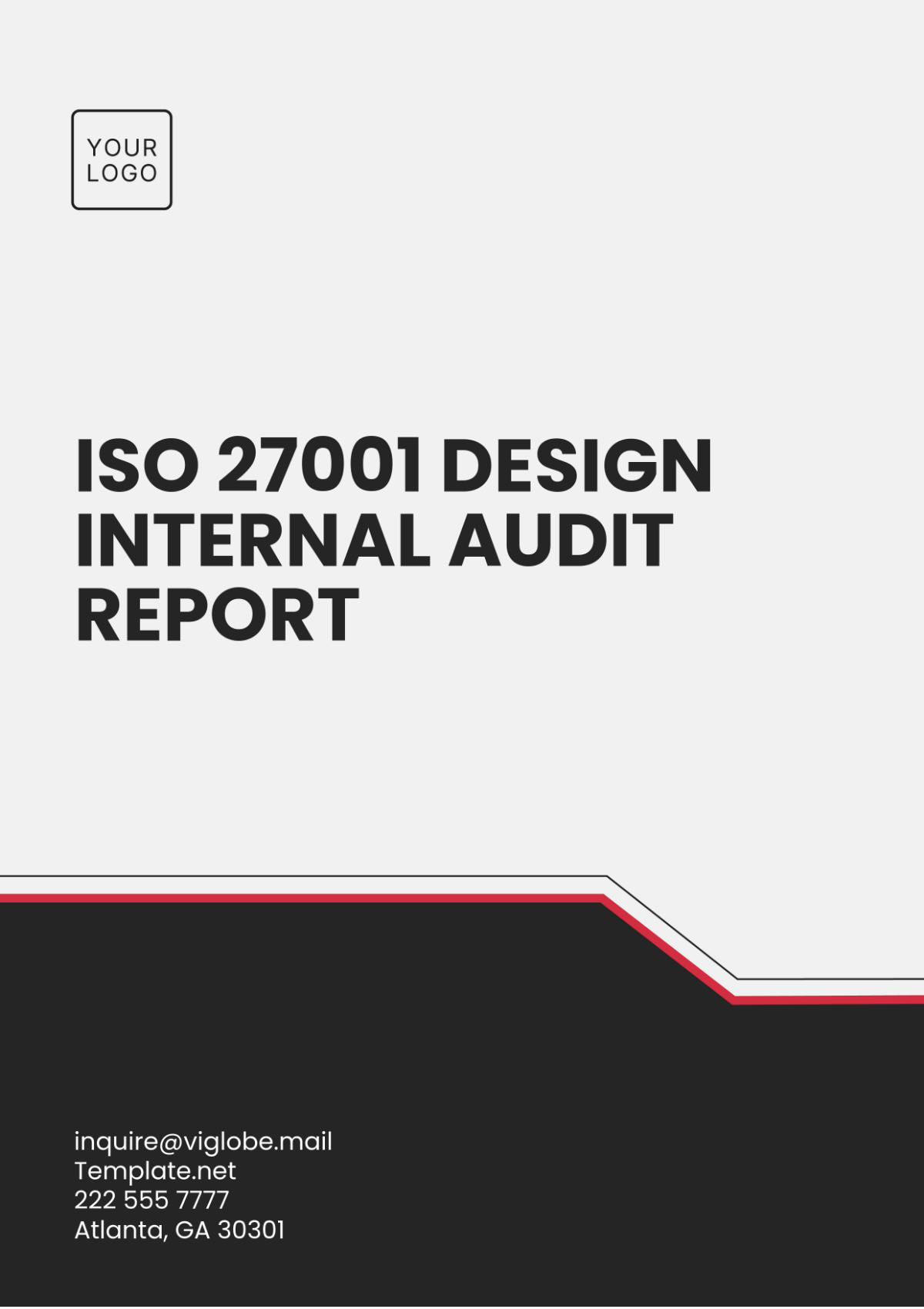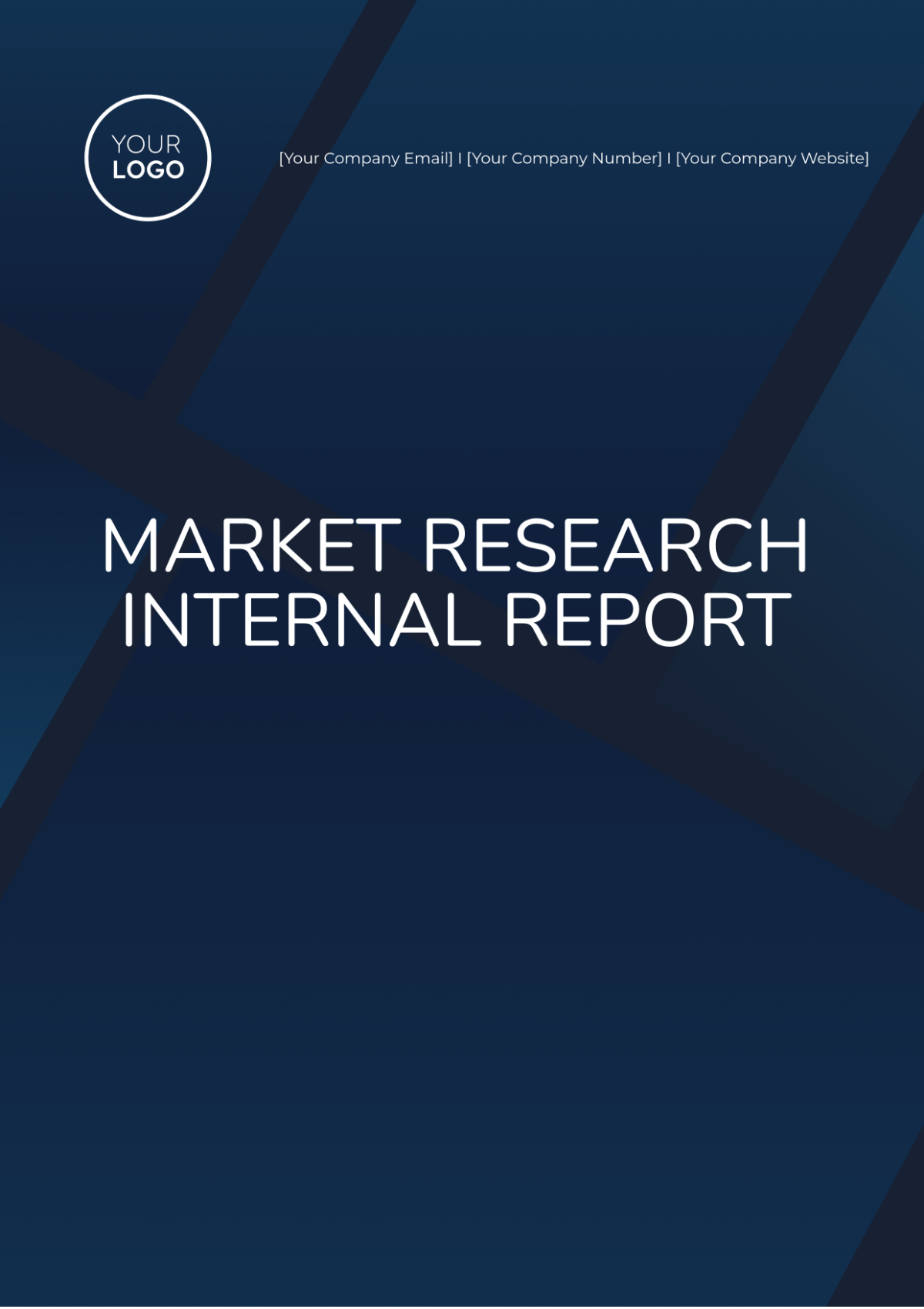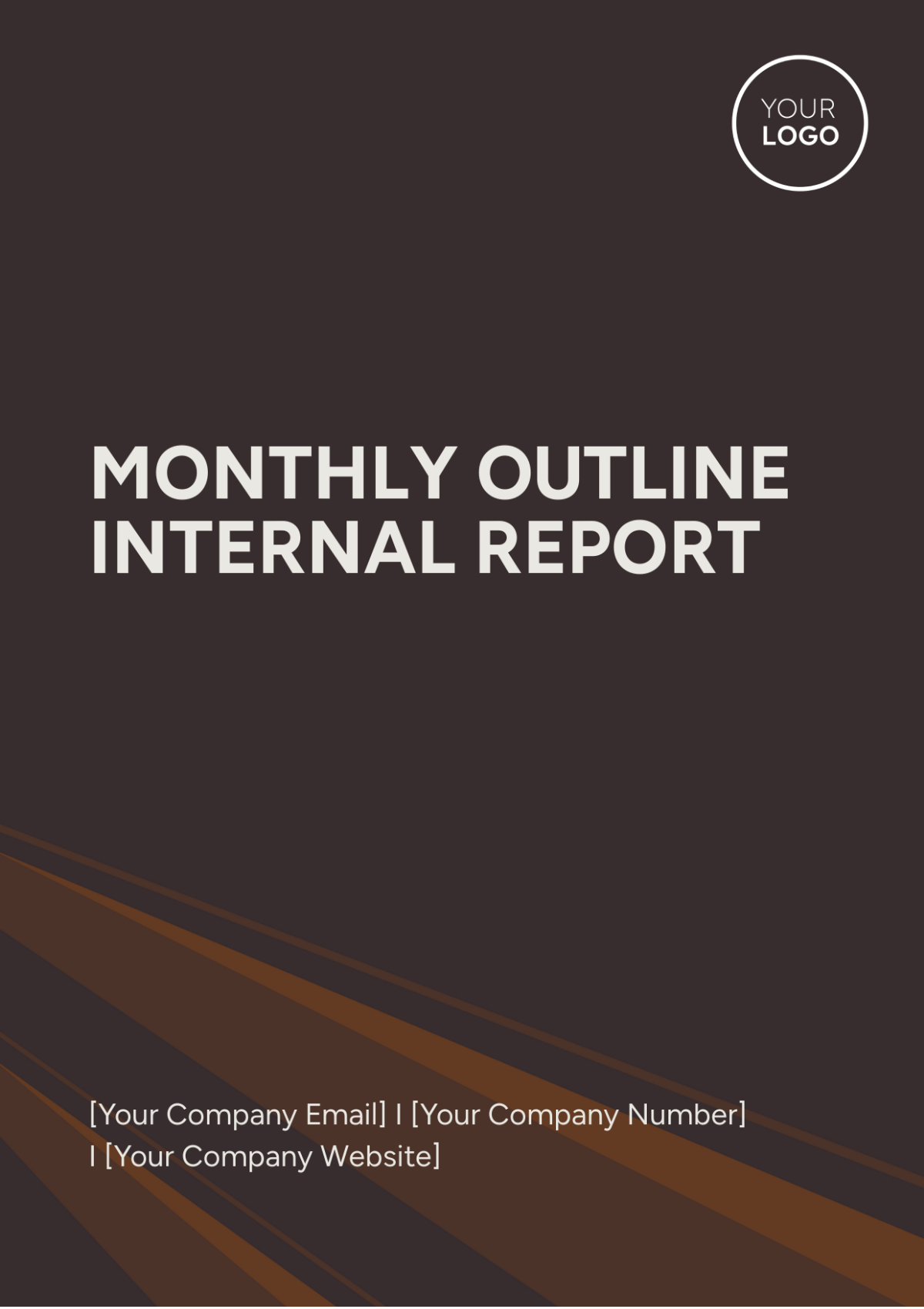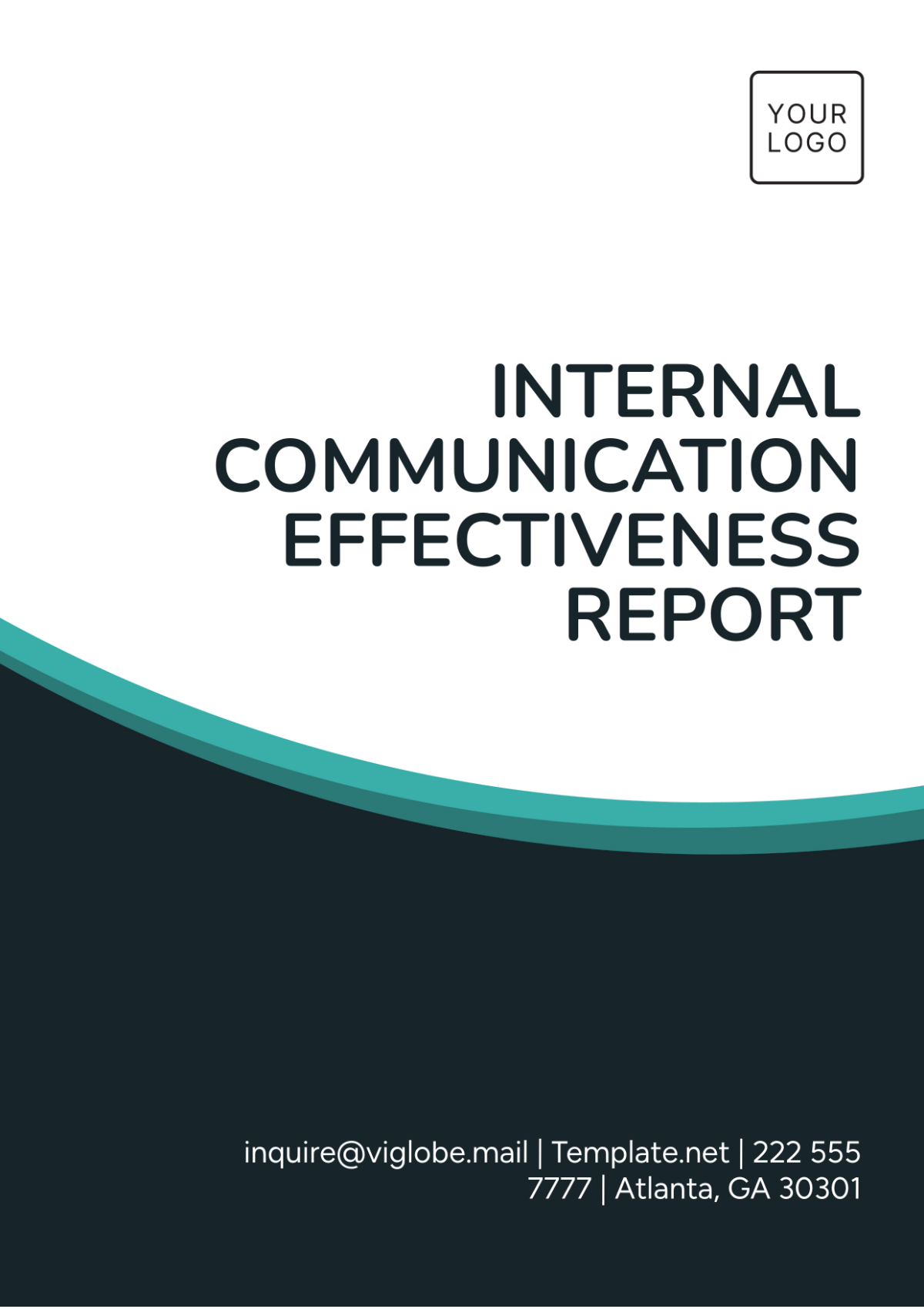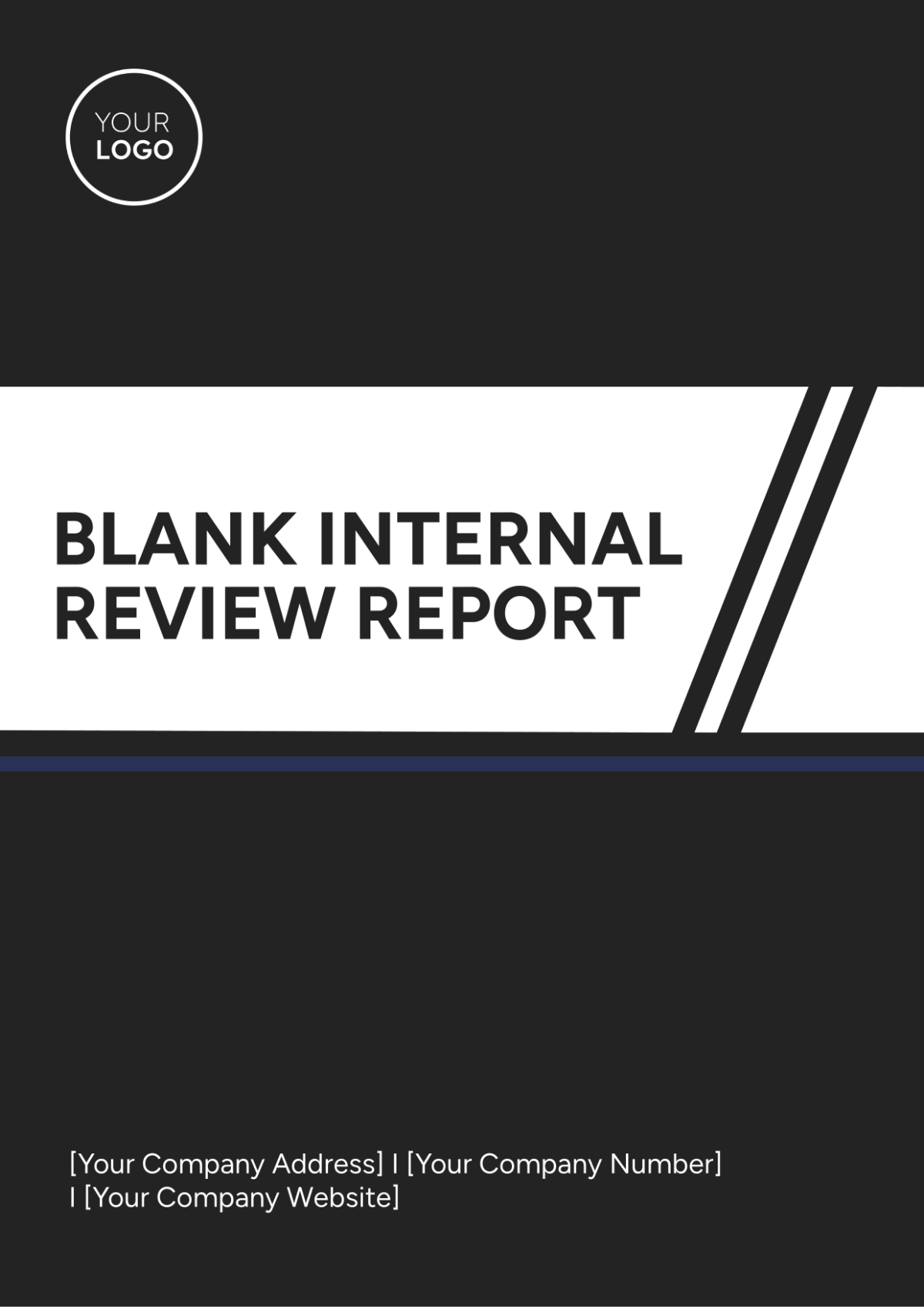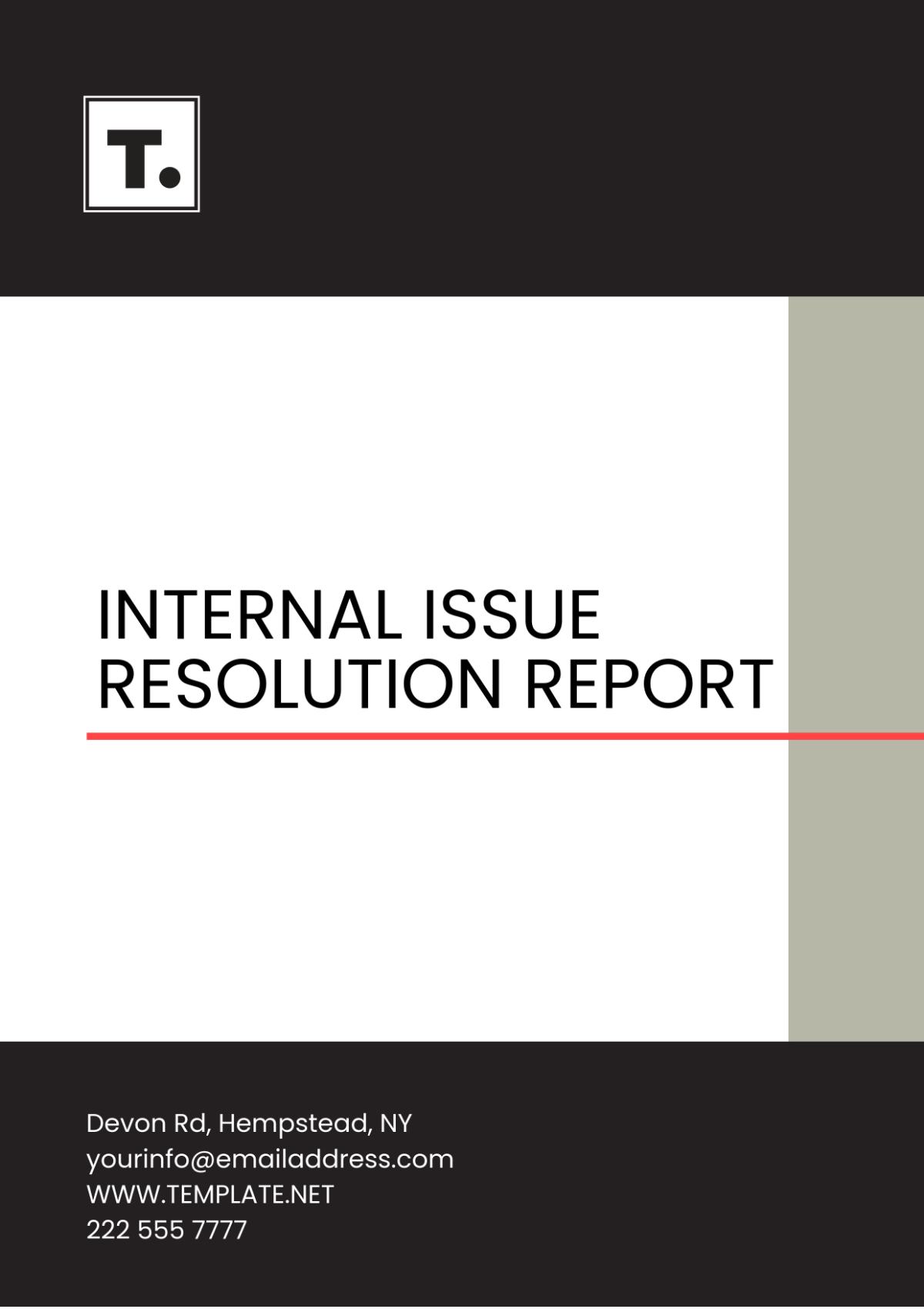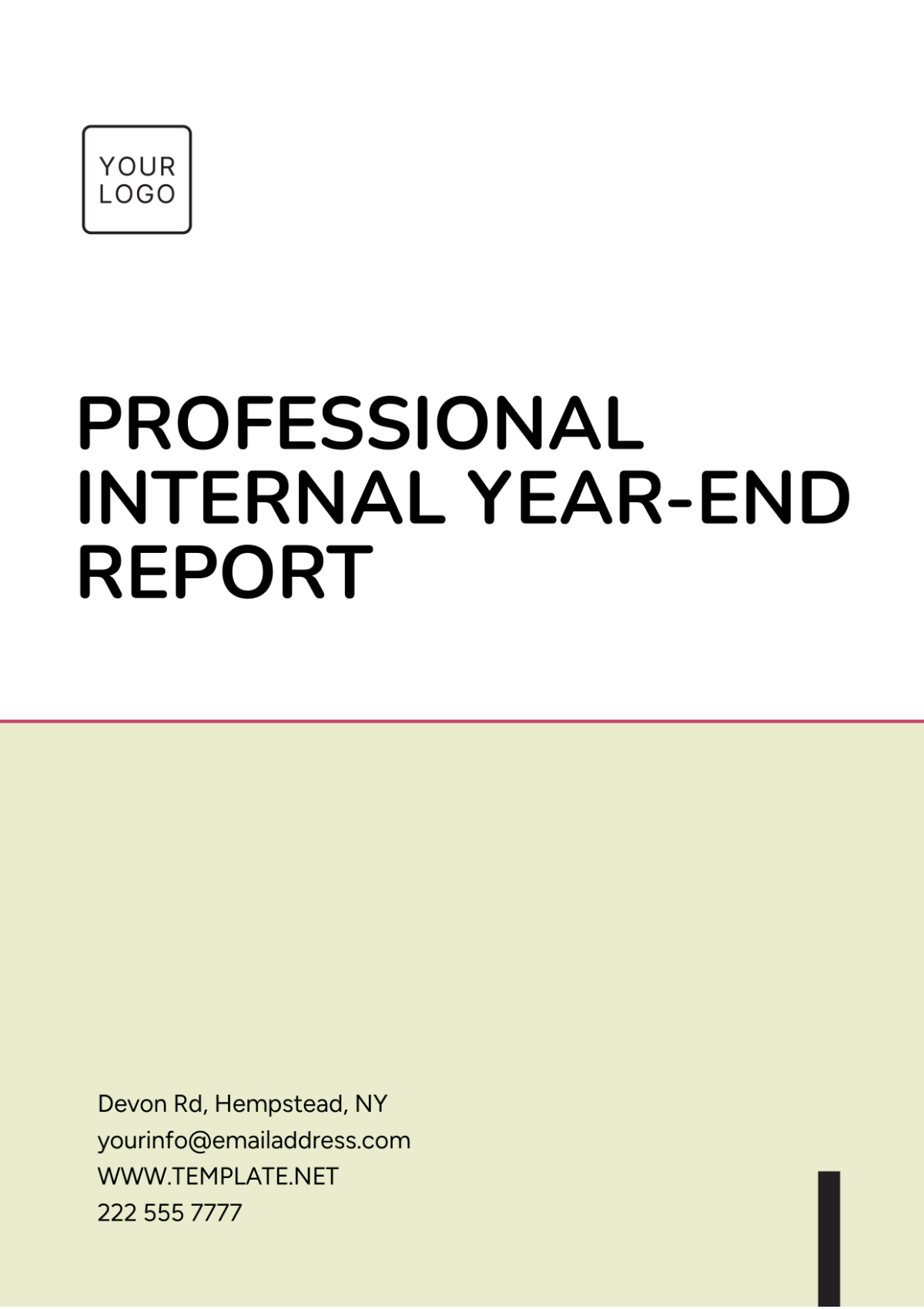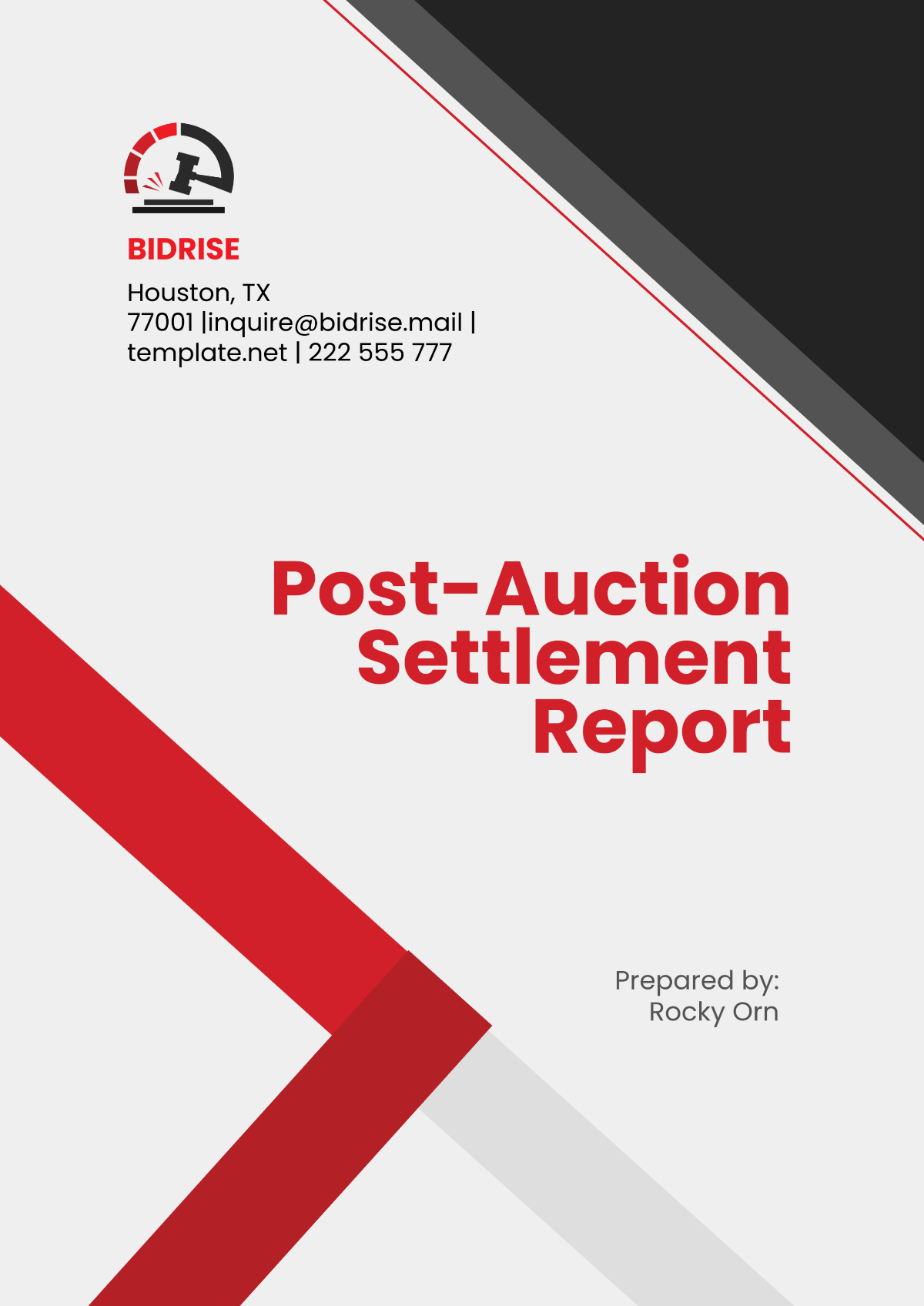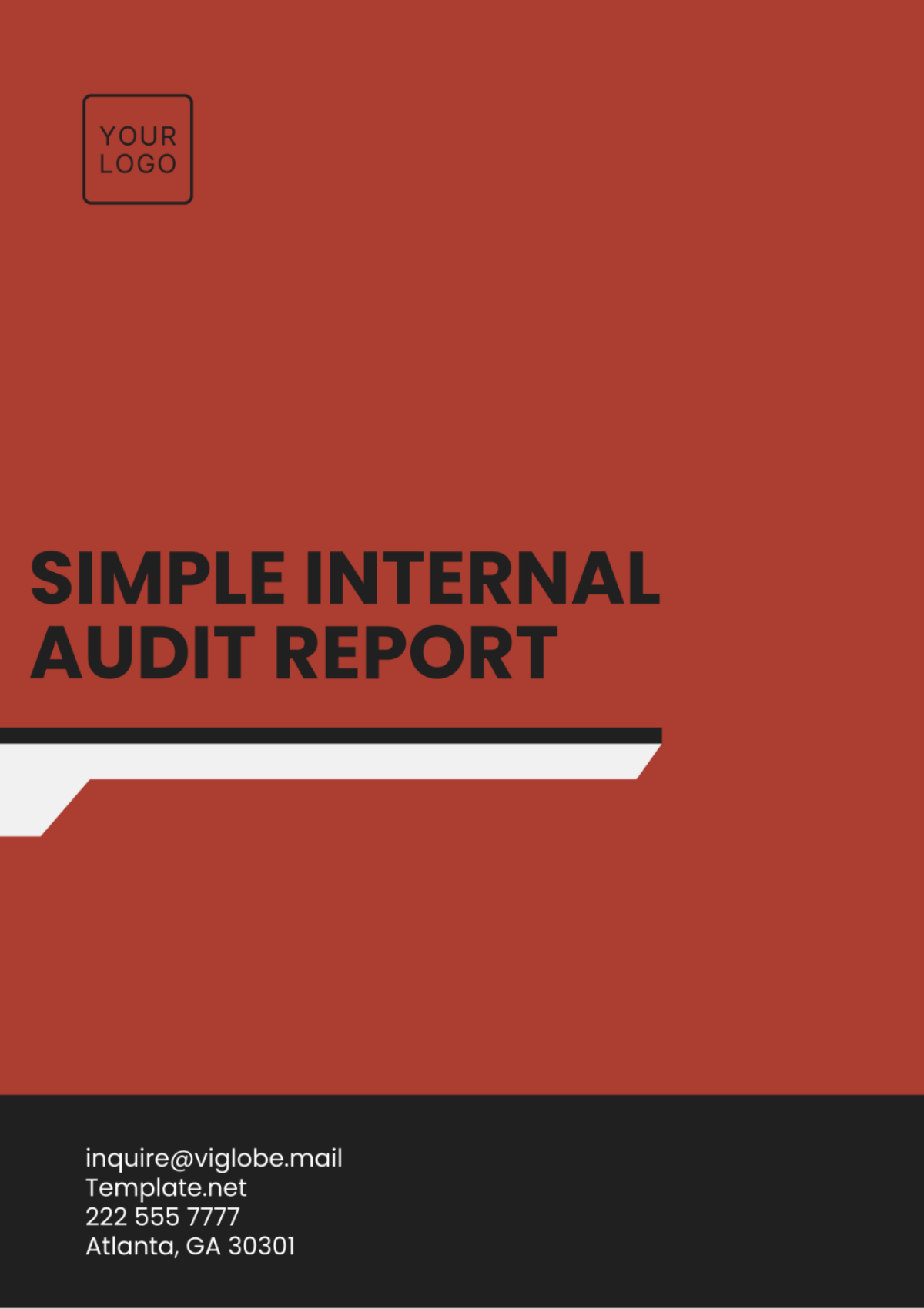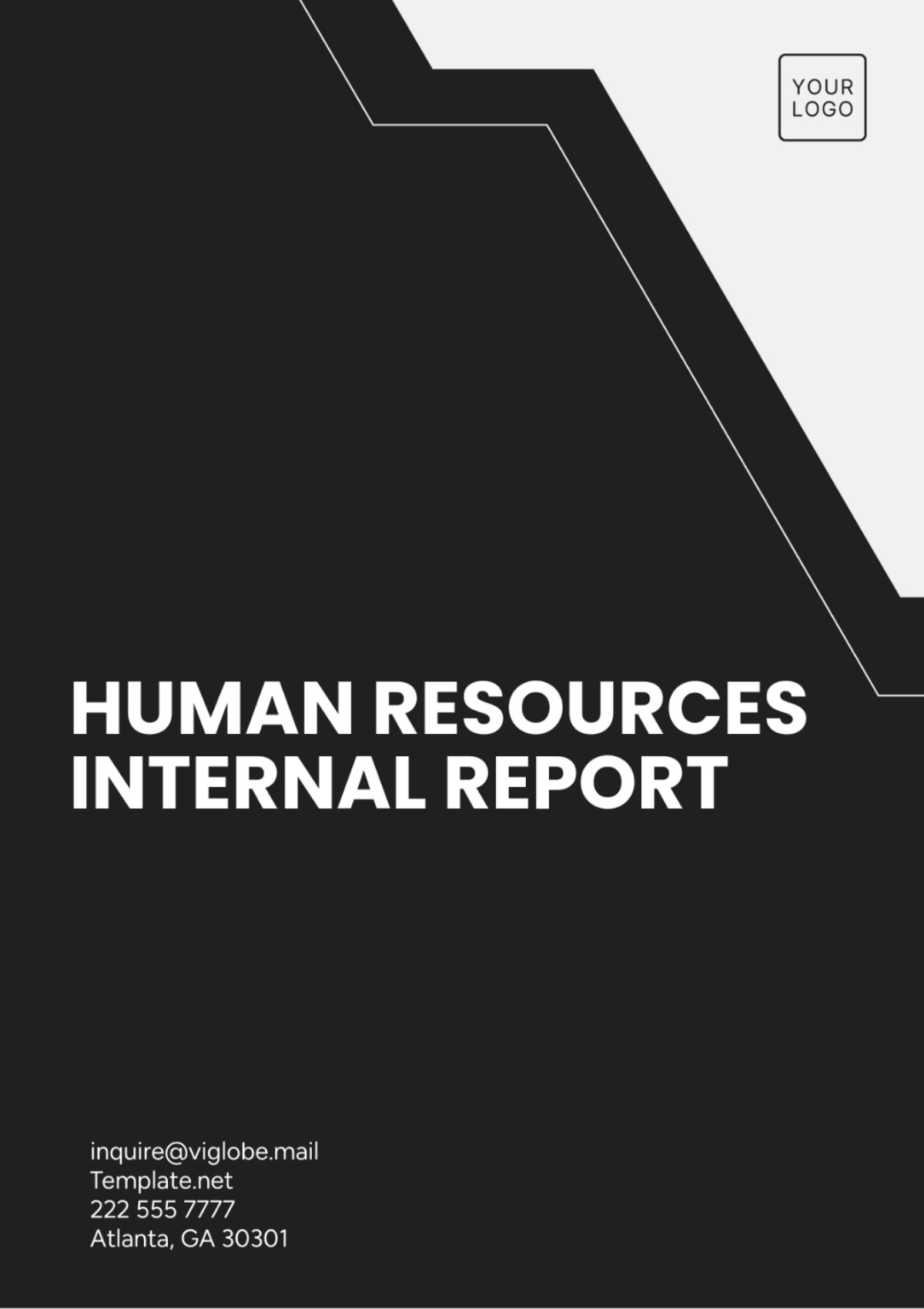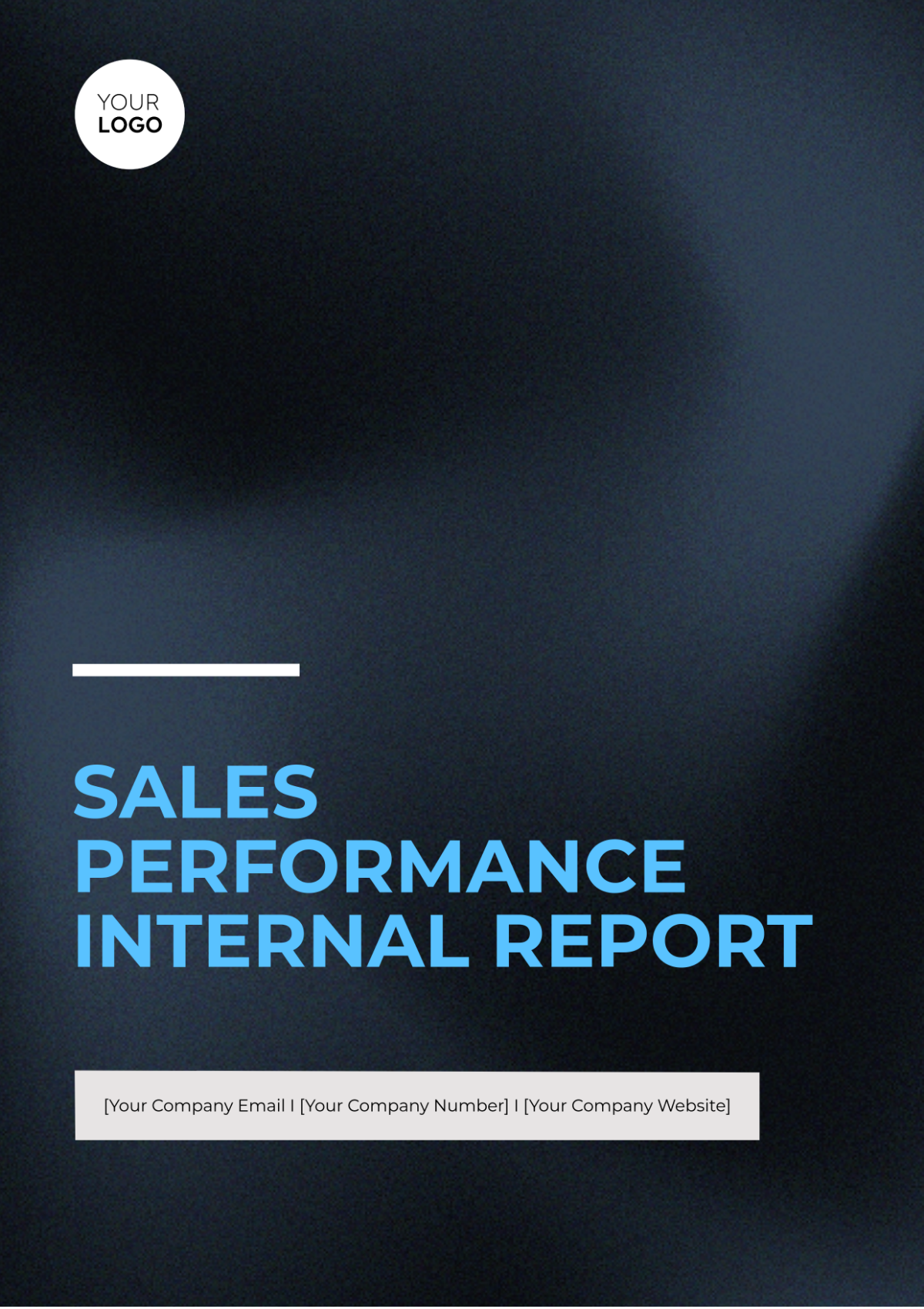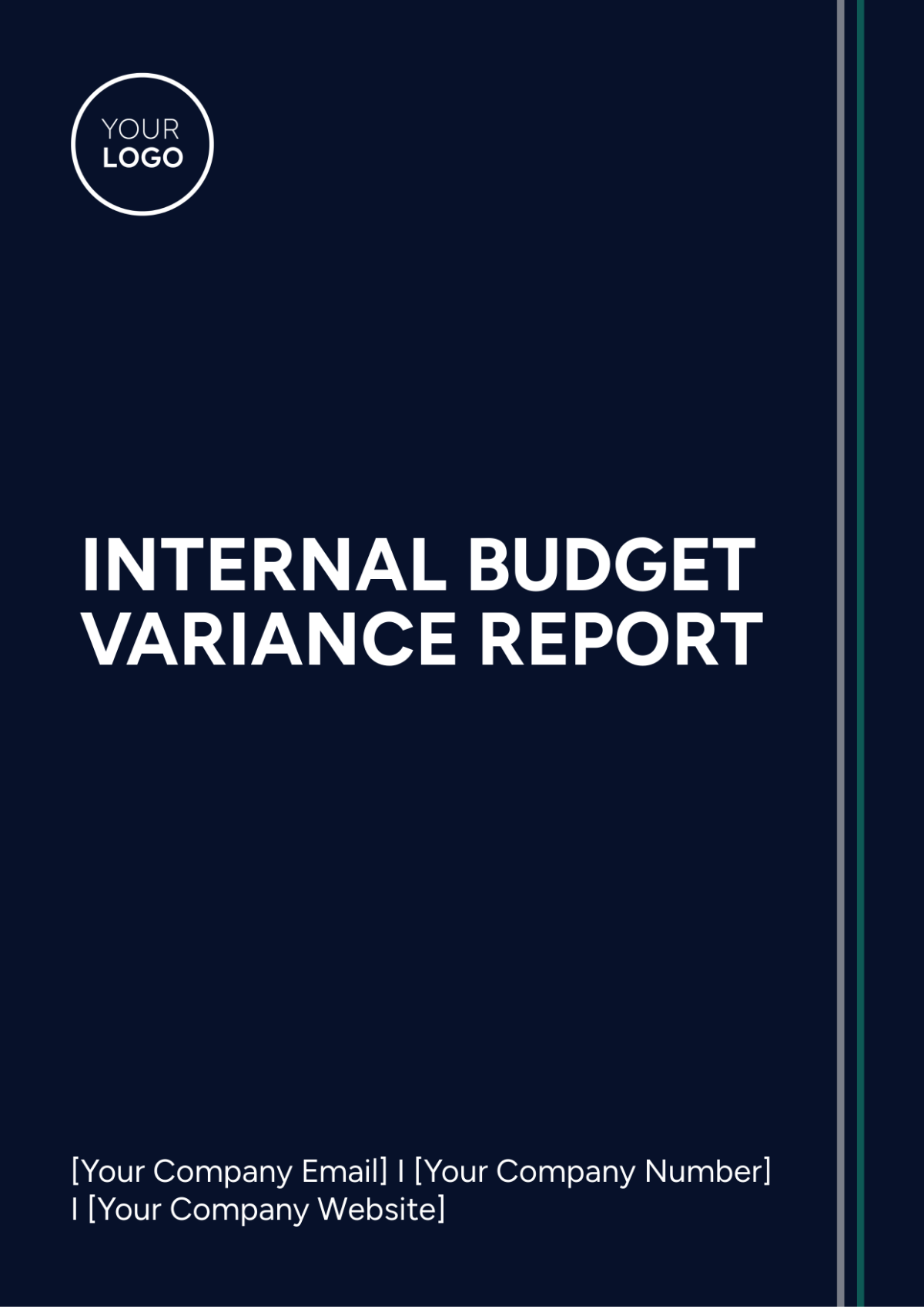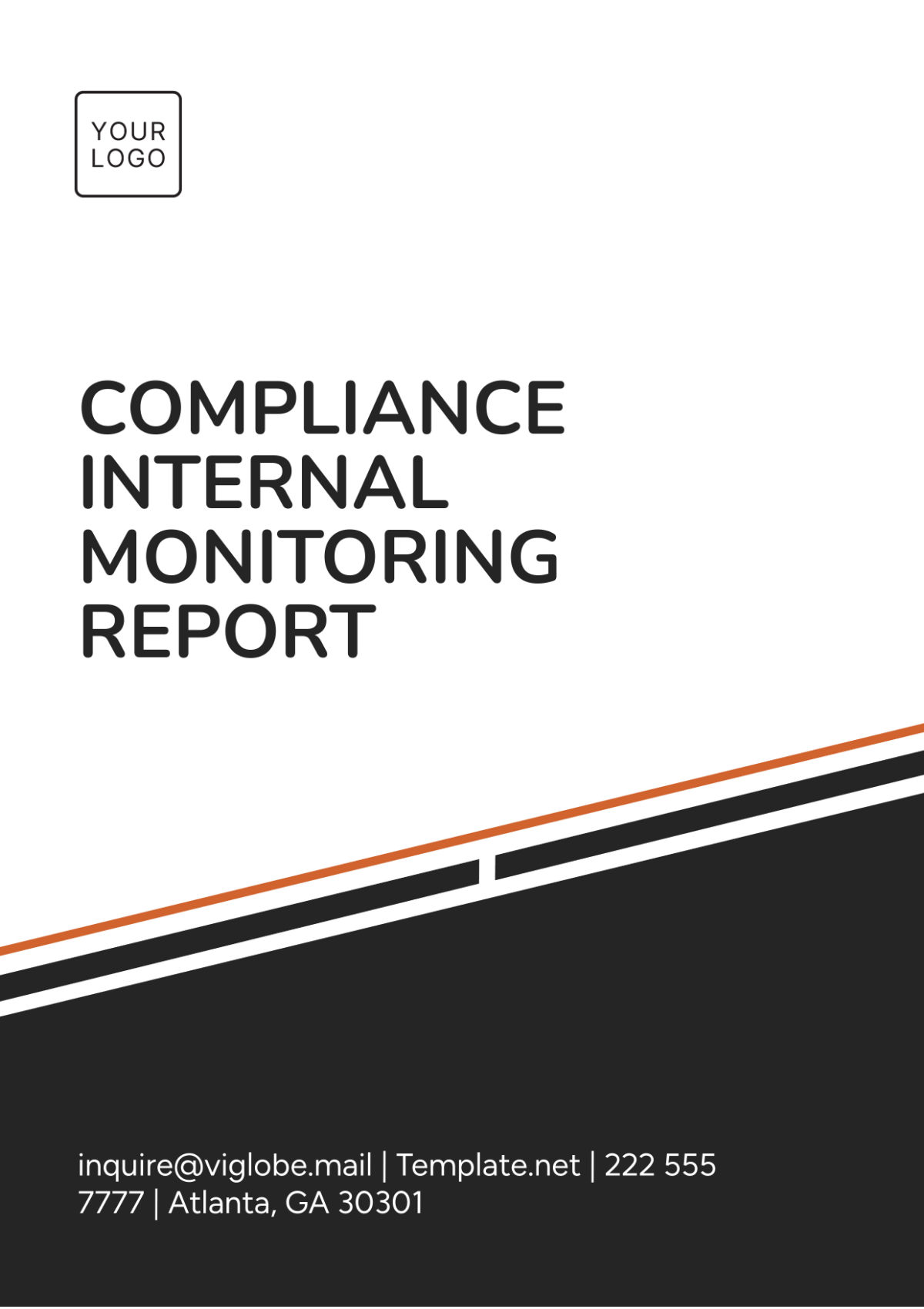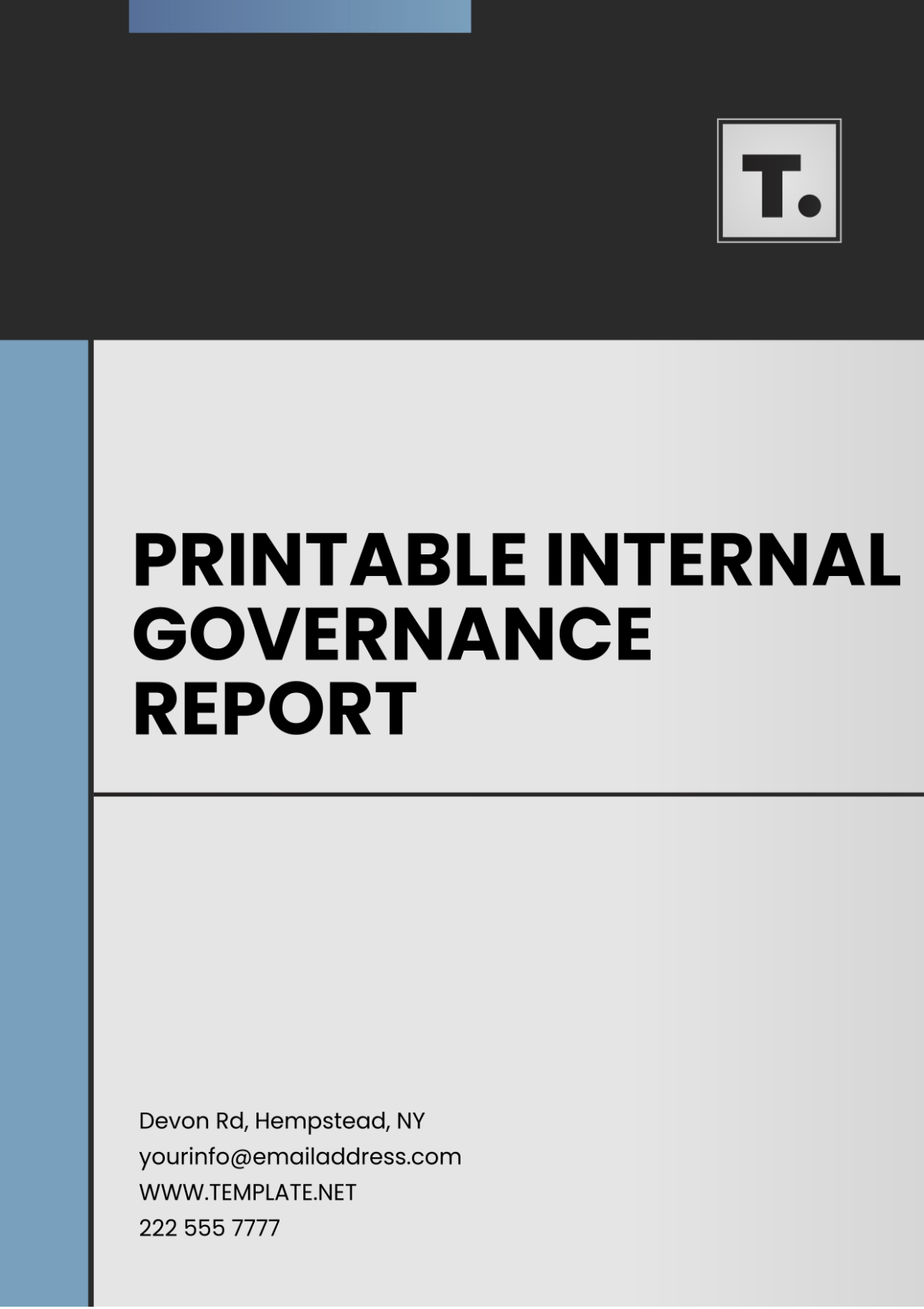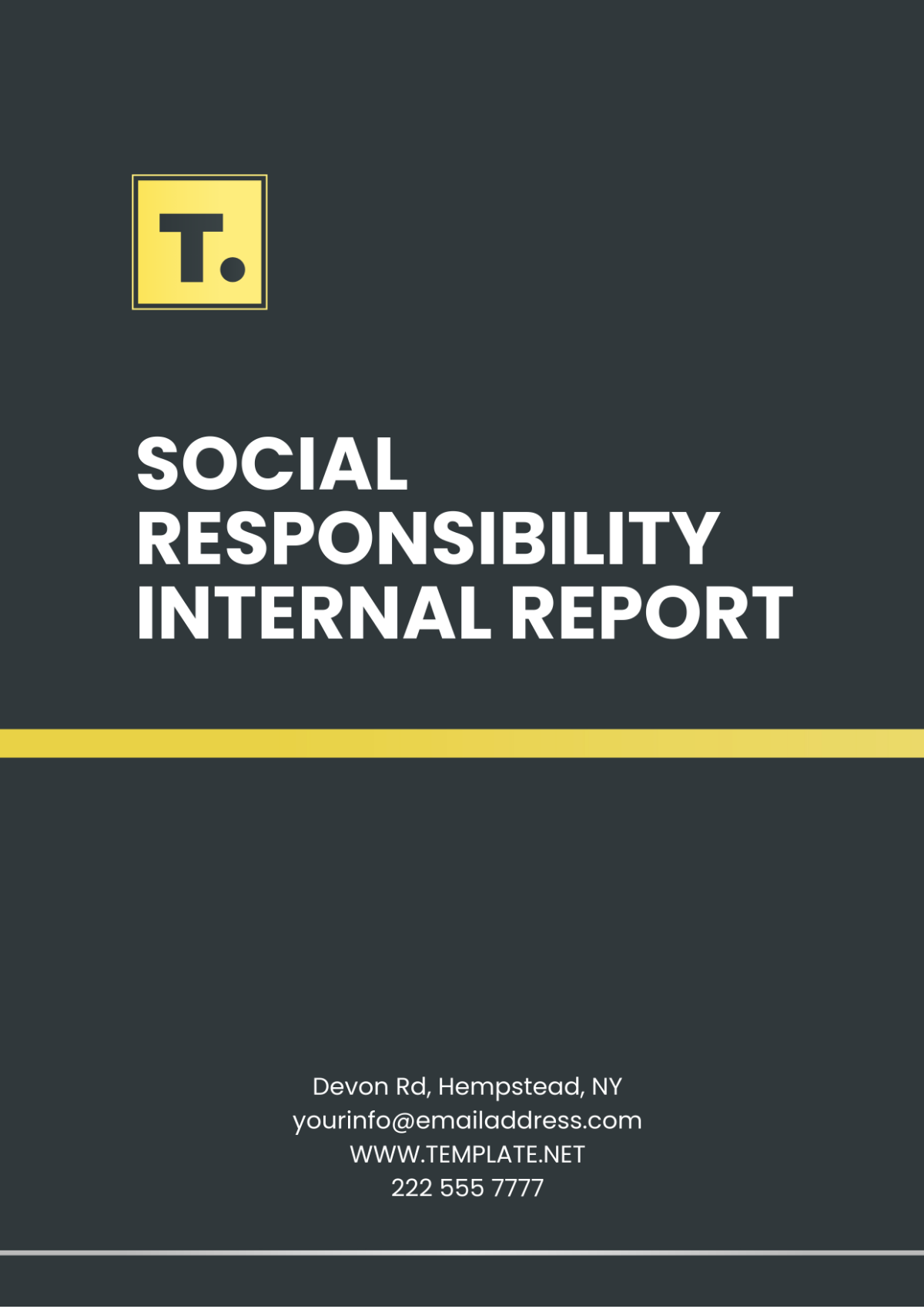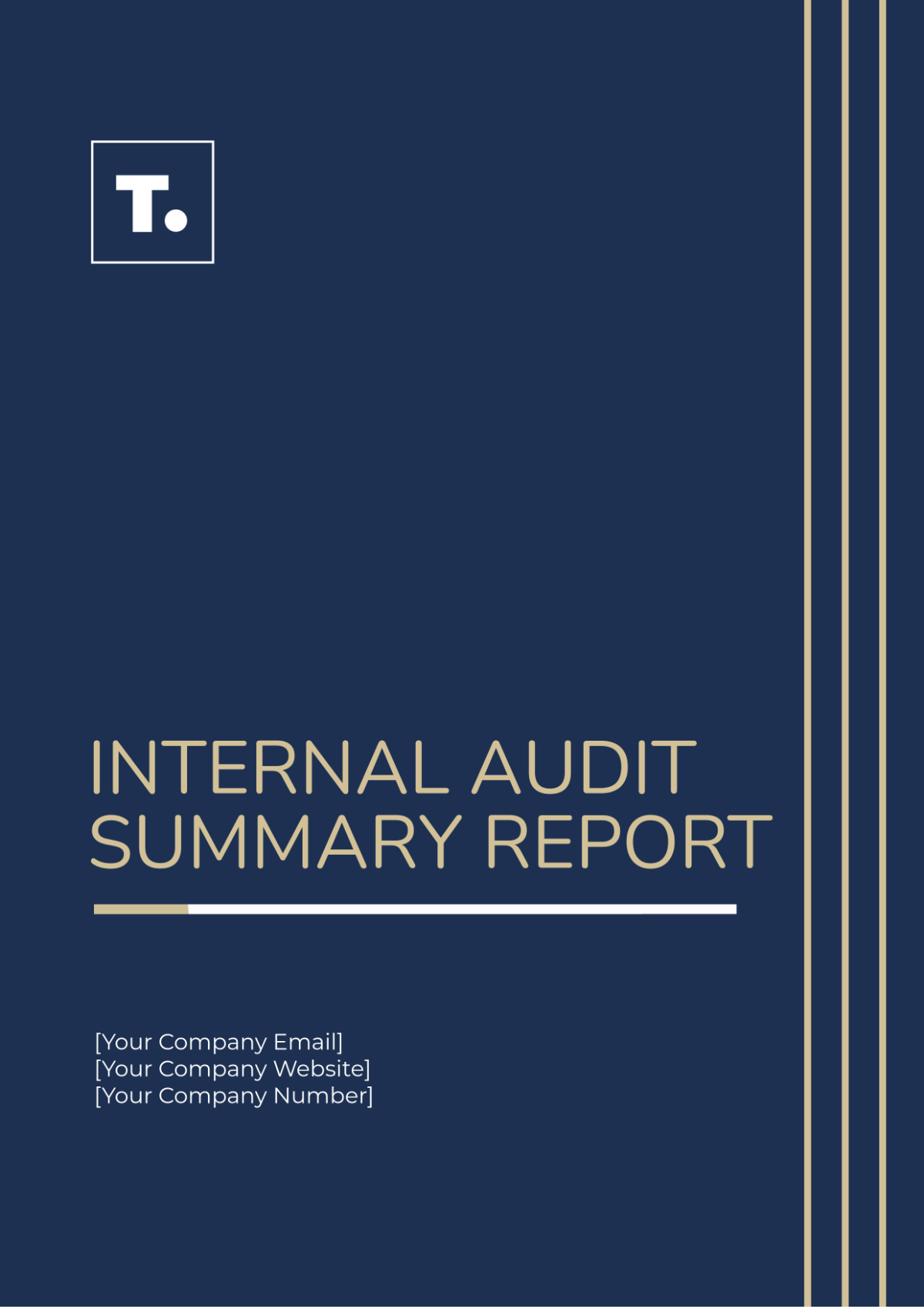Financial Reporting Internal Report
Date: January 10, 2061
[Your Name]
Financial Reporting Manager
Report Title: Q4 Financial Report and Year-End Financial Summary
Executive Summary
This report provides a comprehensive analysis of the financial performance of [Your Company Name] for the fourth quarter (Q4) and the year ending December 31, 2060. The financial data demonstrates a 10% increase in revenue compared to Q3, along with a 5% year-over-year growth. This steady improvement reflects the success of our global expansion strategy and optimized cost management practices.
Key highlights include:
Revenue Growth: $2.5 billion in Q4, marking a 10% increase from the previous quarter.
Profit Margins: Improvement of 2% across all major divisions, driven by operational efficiencies.
Cost Reductions: Savings of $20 million due to the implementation of automated processes in production.
Debt Management: Significant reduction in debt levels by $50 million, improving our overall financial health.
Looking forward, we anticipate continued growth in the upcoming fiscal year through targeted investments in technology and innovation.
Revenue Analysis:
Q4 2060 Revenue:
Total revenue for Q4 2060 amounted to $2.5 billion, a 10% increase from Q3. This growth is attributed to higher sales in the Asia-Pacific region, where new markets were penetrated, contributing an additional $150 million in revenue.Year-End Revenue:
The total revenue for 2060 reached $9.3 billion, exceeding our initial forecast by 4%. The E-commerce and Digital Services division played a pivotal role, generating $3 billion in revenue, up 12% from the previous year.Revenue Breakdown by Region:
North America: $3.6 billion
Europe: $2.2 billion
Asia-Pacific: $2.0 billion
Other Markets: $1.5 billion
Expense Analysis:
Q4 2060 Expenses:
Operating expenses totaled $1.8 billion, slightly up by 3% due to the expansion of our logistics network. Despite this, the cost-to-revenue ratio improved by 1% compared to Q3, thanks to strategic sourcing initiatives and energy-efficient infrastructure investments.Cost Reduction Initiatives:
The Automation Project, implemented in Q3 2060, resulted in $20 million in annual savings by automating key manufacturing processes, reducing labor costs, and increasing production efficiency.
Profitability:
Q4 2060 Profit Margins:
Net profit margins increased to 15% from 13% in Q3 2060, primarily due to the successful optimization of our supply chain and the renegotiation of key supplier contracts, which reduced input costs by 5%.Year-End Profit:
The total net profit for 2060 reached $1.4 billion, a 6% improvement from 2059. Our strategic investments in digital transformation and process automation have significantly contributed to this sustained profitability.
Balance Sheet Summary:
Total Assets:
As of December 31, 2060, total assets were valued at $15.7 billion, a 4% increase from the previous year, driven by the acquisition of [Your Company Name] which contributed $500 million in intellectual property assets.Liabilities and Debt:
Total liabilities stood at $8.5 billion, a 3% decrease from the previous year due to aggressive debt reduction strategies. Long-term debt was reduced by $50 million, improving the company’s overall leverage ratio to 0.54.Equity:
Shareholders' equity increased to $7.2 billion, representing a 5% increase year-over-year, largely due to retained earnings and the successful implementation of cost-saving measures.
Cash Flow Analysis:
Operating Cash Flow:
Net operating cash flow for Q4 2060 was $600 million, a 7% increase compared to Q3. This was fueled by higher revenues and effective working capital management.Investing Cash Flow:
Net cash used in investing activities amounted to $300 million, primarily driven by the acquisition of new machinery and technology to enhance production capabilities.Financing Cash Flow:
Cash outflows from financing activities totaled $100 million, reflecting the company’s focus on debt repayment and the reduction of long-term liabilities.
Recommendations:
Continue Expansion in High-Growth Regions:
Focus on further expanding our presence in the Asia-Pacific region and increasing investments in local marketing and distribution channels to capitalize on market growth.Increase Investments in Automation:
Expand the automation initiatives across other manufacturing plants to achieve additional cost savings and improve production capacity.Enhance Debt Management Strategies:
With interest rates expected to remain stable, consider additional debt restructuring opportunities to further reduce financial liabilities.Strengthen Digital Transformation Efforts:
Allocate more resources to the Digital Services division, which has shown significant growth potential, to further enhance revenue streams through innovation and customer-focused digital solutions.
Conclusion:
The financial performance of [Your Company Name] in Q4 2060 has been robust, with consistent growth in revenue, improved profit margins, and effective cost management. The implementation of our strategic initiatives, particularly in automation and global expansion, has positioned the company for continued success in the upcoming fiscal year. By focusing on debt reduction, operational efficiency, and innovation, we are confident in achieving our growth targets for 2061.
Prepared by:
 [Your Name]
[Your Name]
Financial Reporting Manager
[Your Company Name]
